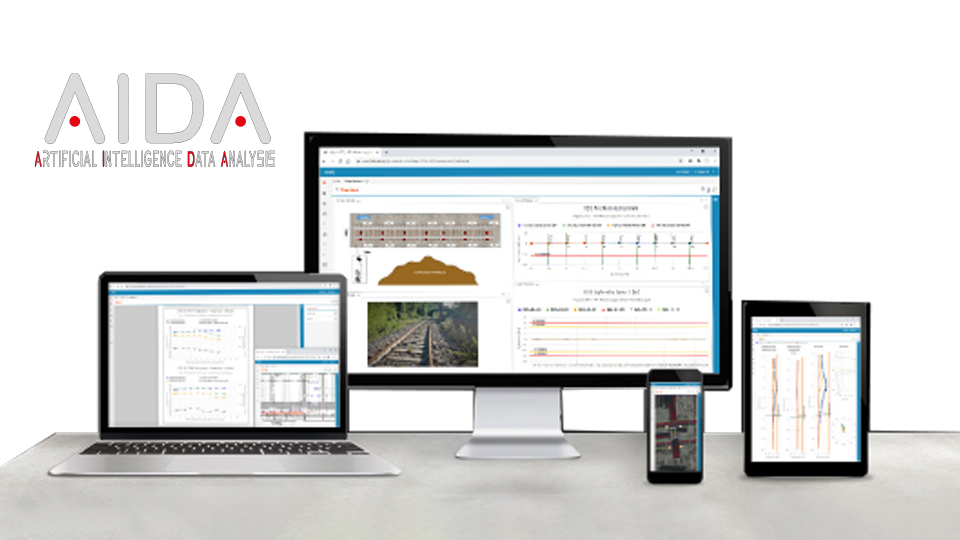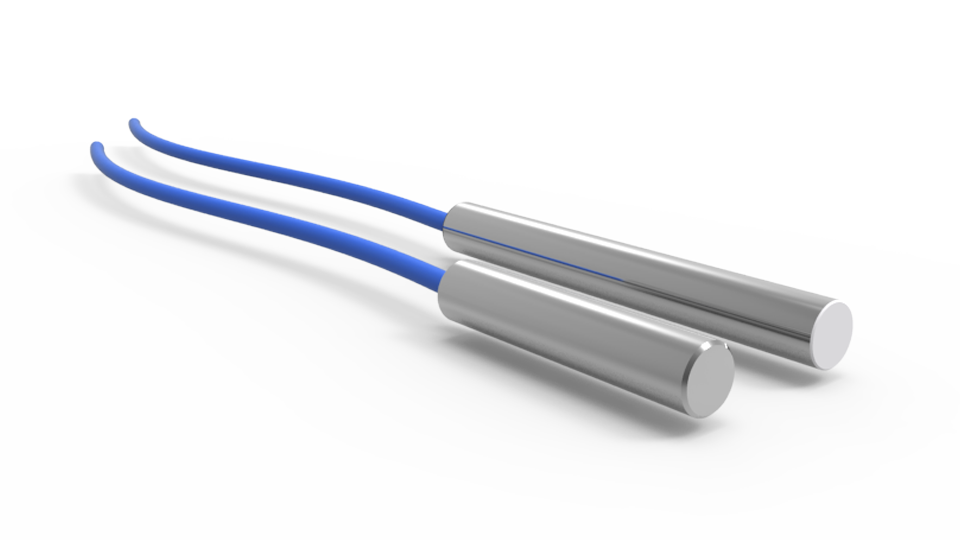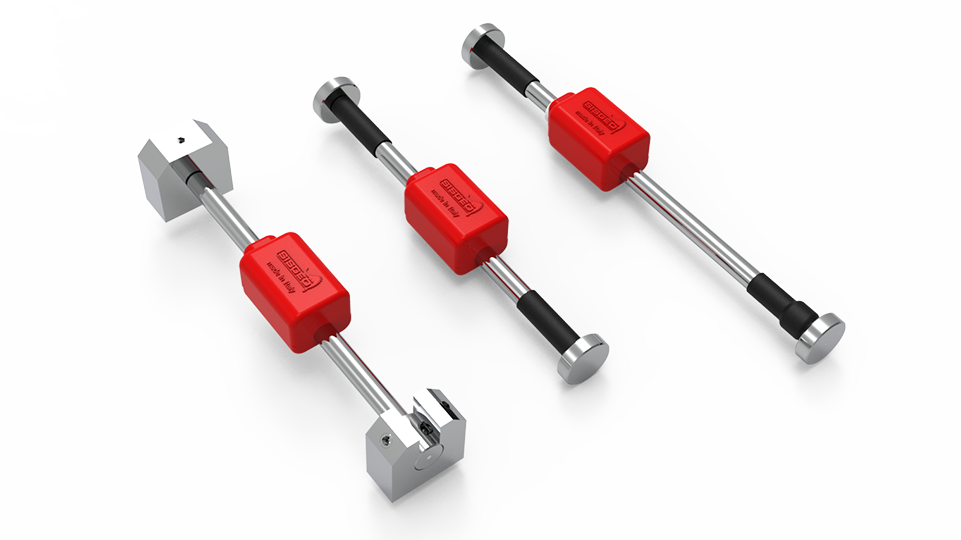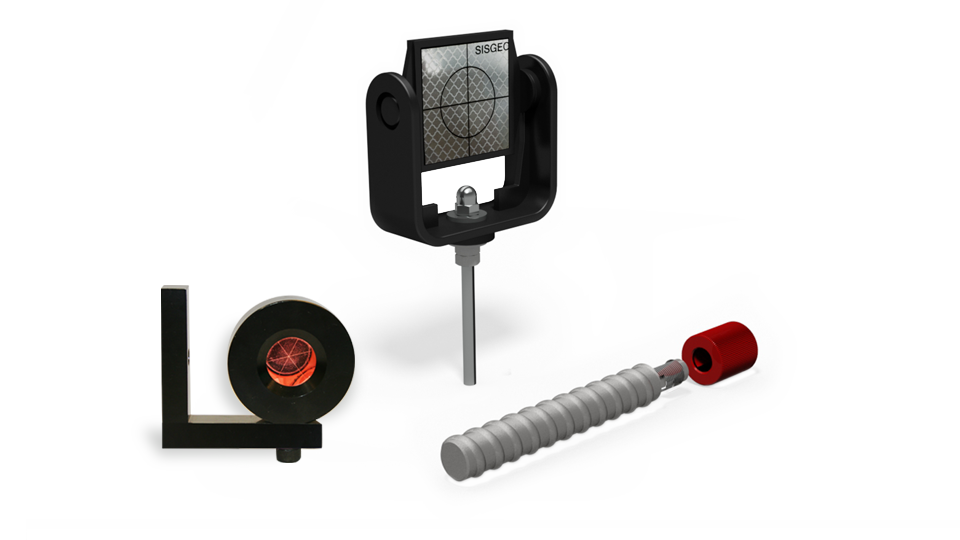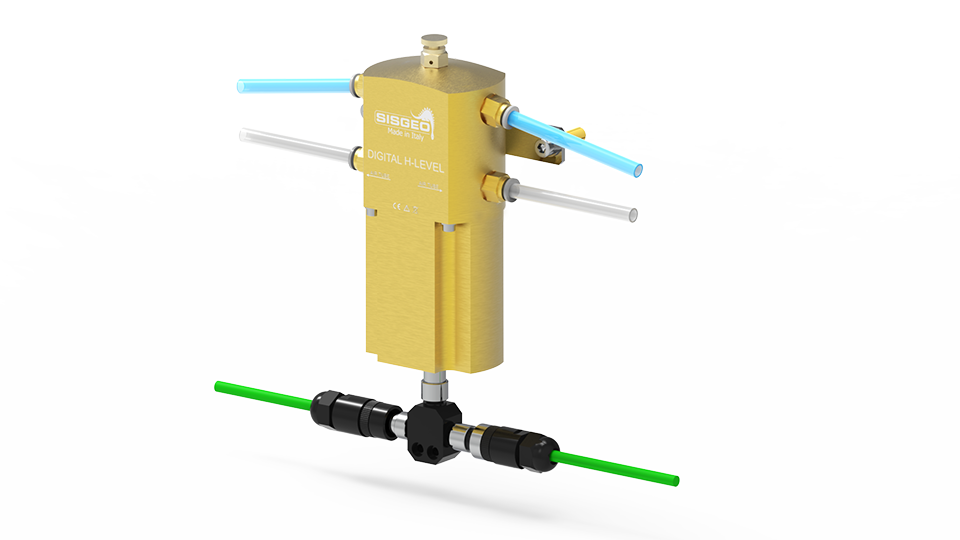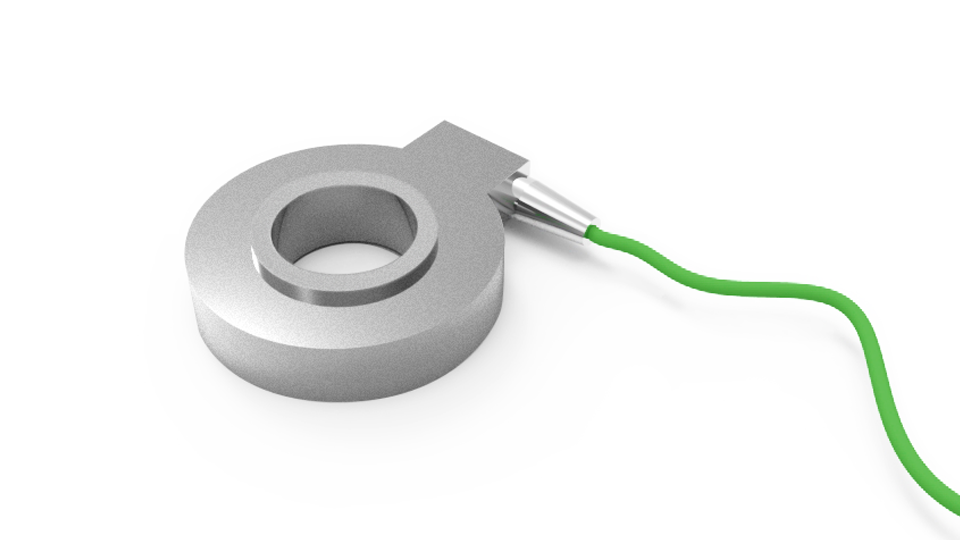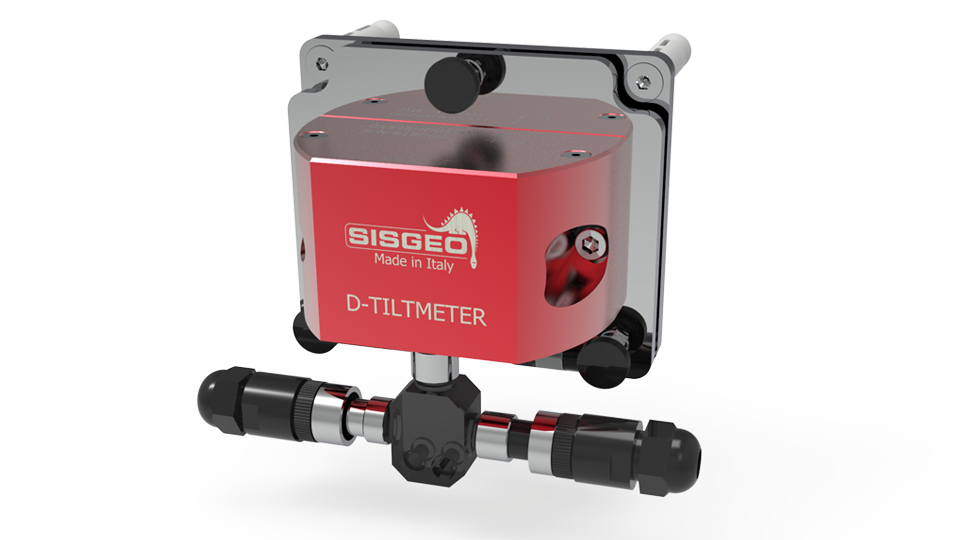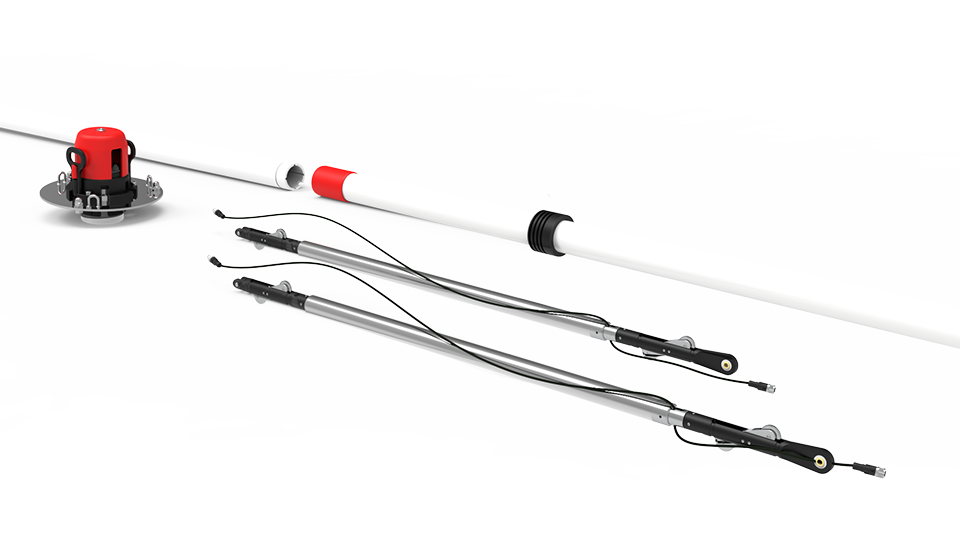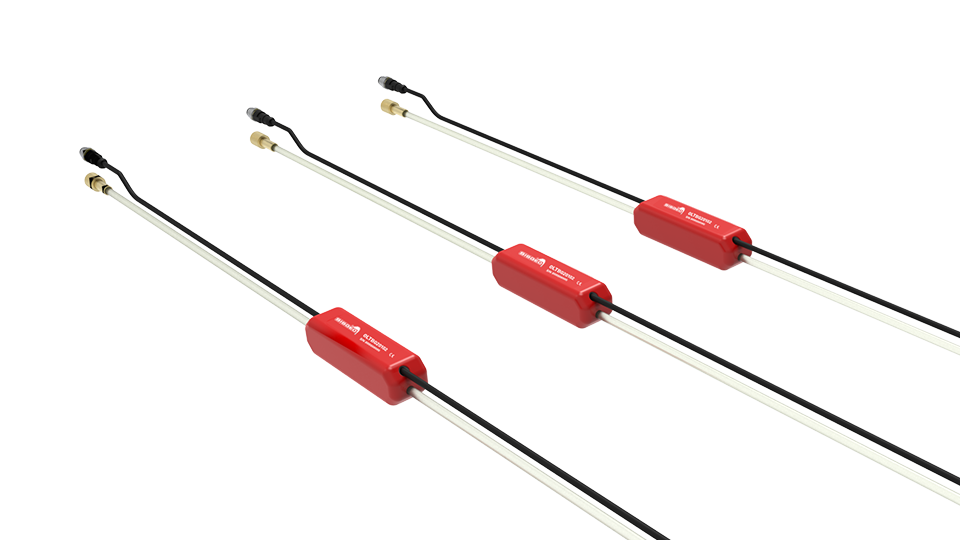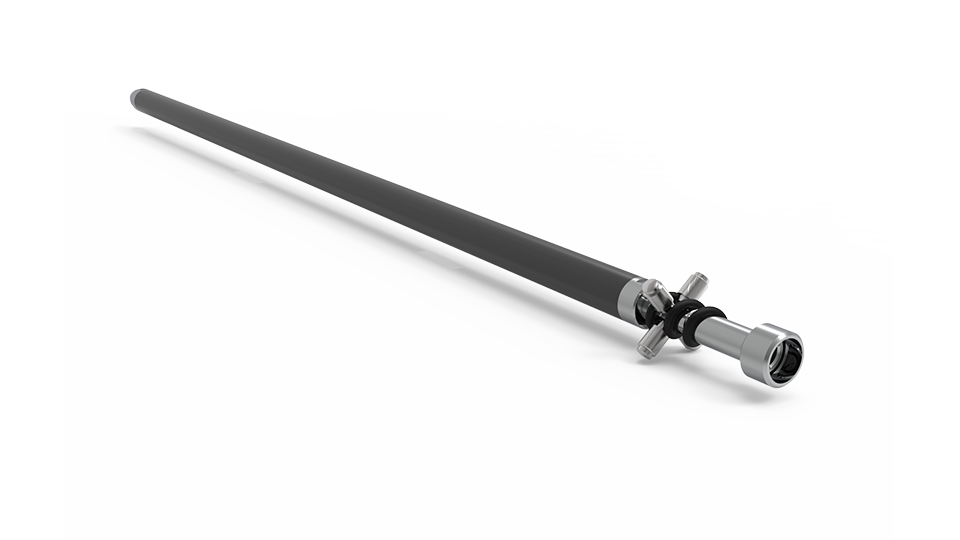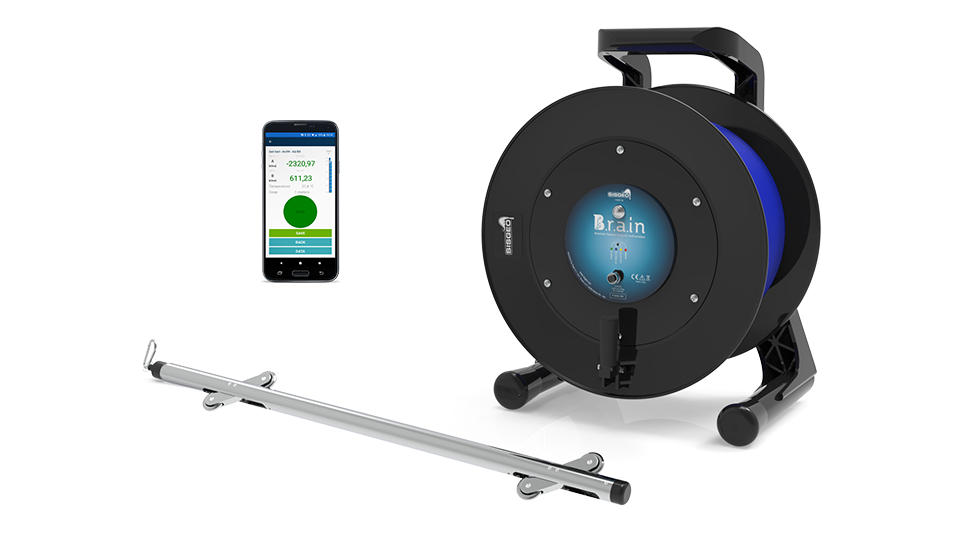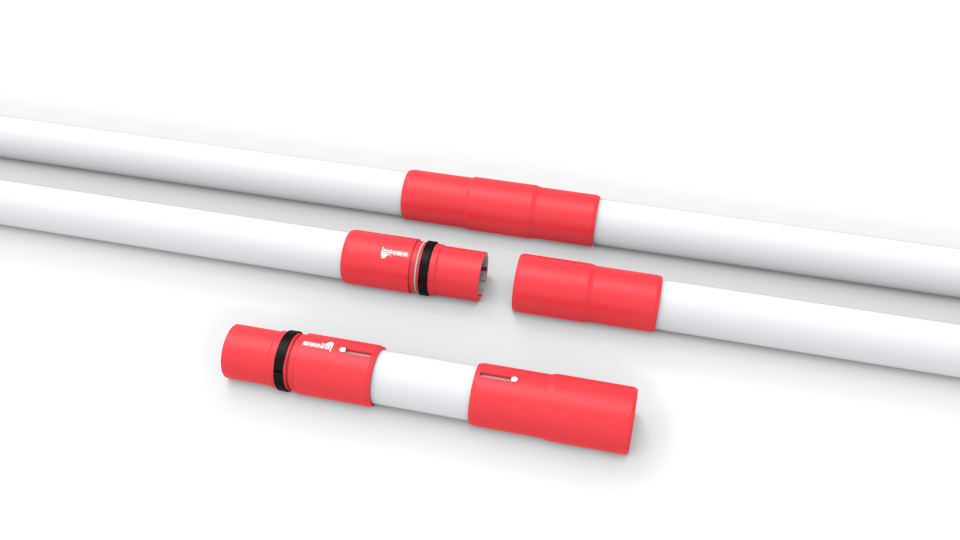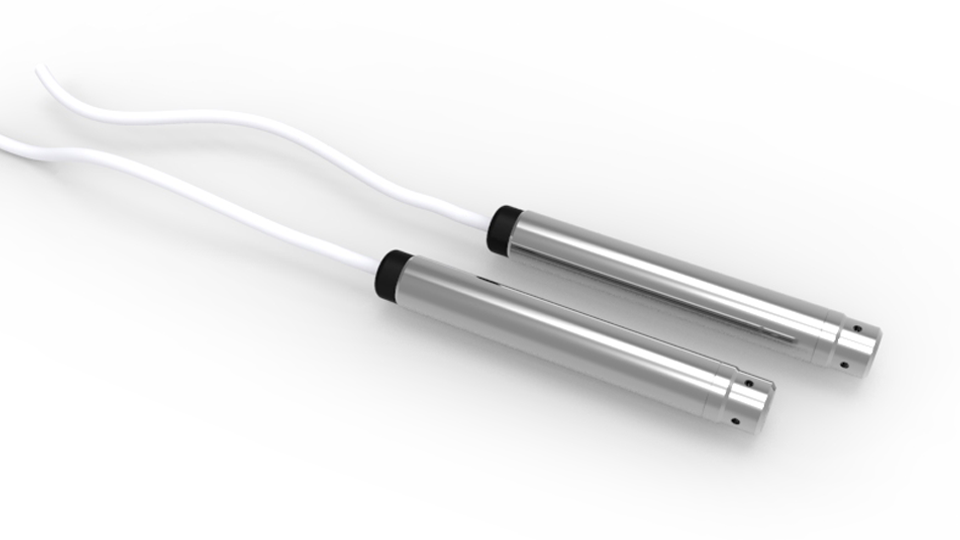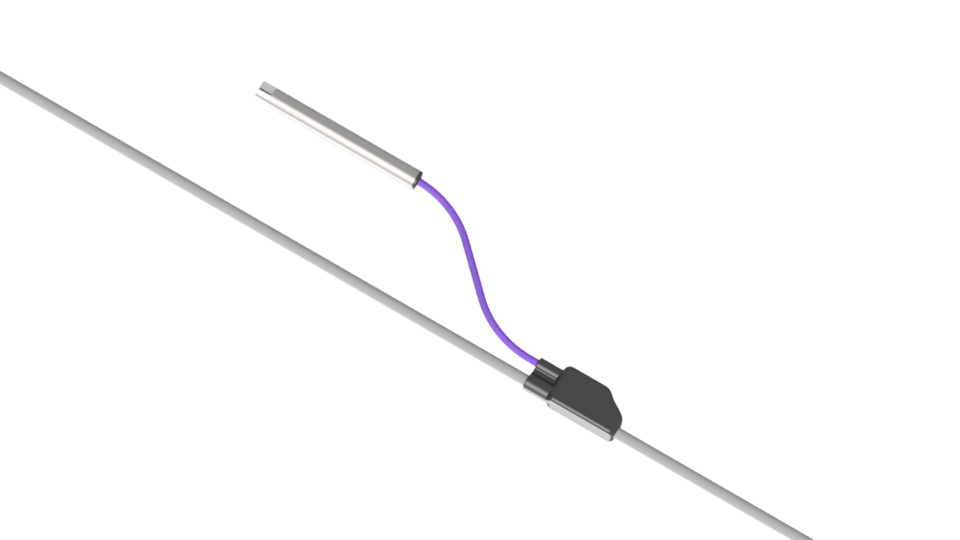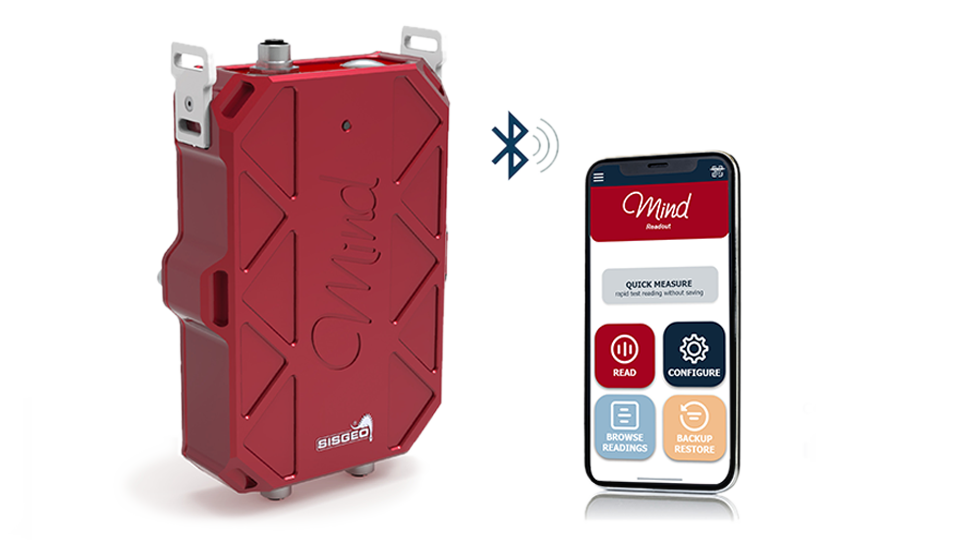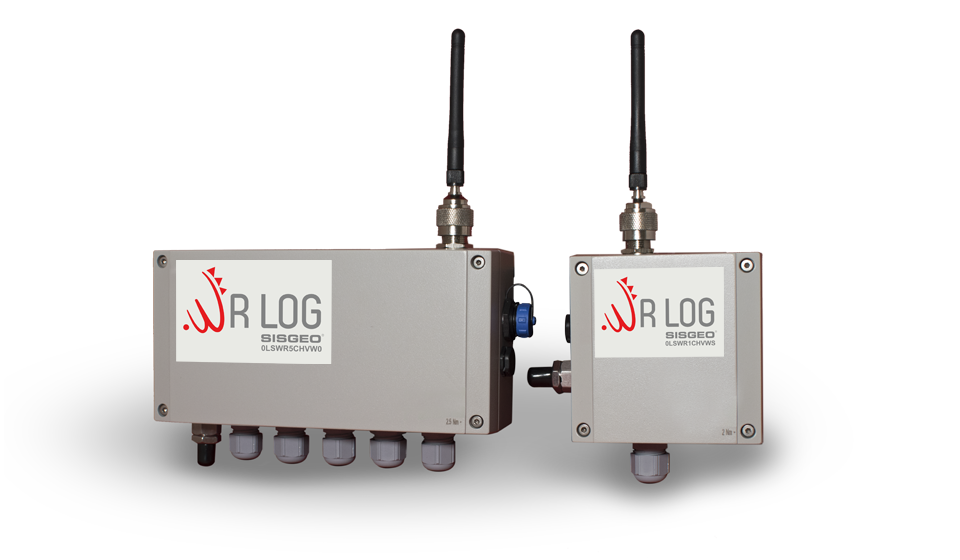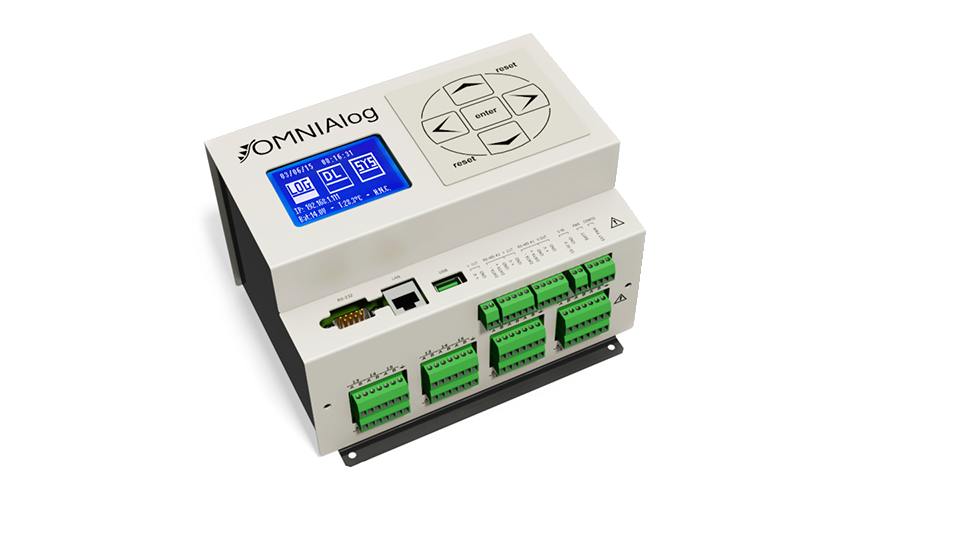What is deep excavations monitoring?
Deep excavation monitoring refers to the process of measuring and analysing the behaviour of soil and structures during excavation works in order to ensure safety and stability. It is important to monitor deep excavations because the excavation process can cause changes in the stress and strain of the soil and surrounding structures, which can lead to deformation or failure if not managed properly.
Deep excavation monitoring typically involves the use of instruments such as inclinometers, piezometers, settlement gauges, and strain gauges to measure changes in ground movements, water pressures, settlements, and other parameters that affect the stability of the excavation and surrounding structures. This data is then used to adjust the design and construction of the excavation to ensure safety and stability.
Deep excavation monitoring is commonly used in civil engineering projects such as building foundations, underground tunnels, and infrastructure projects. It is also used in mining and geotechnical engineering projects where deep excavations are necessary.



